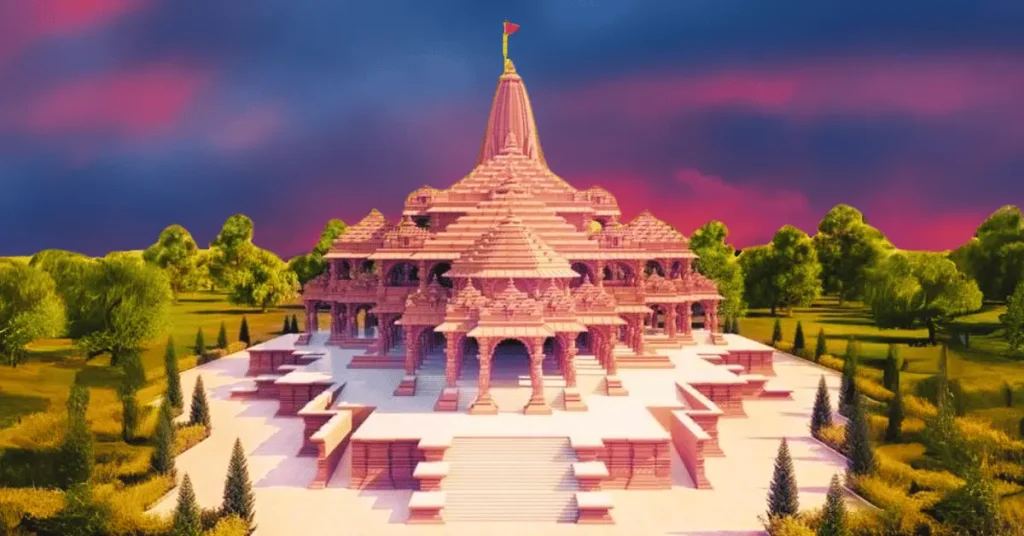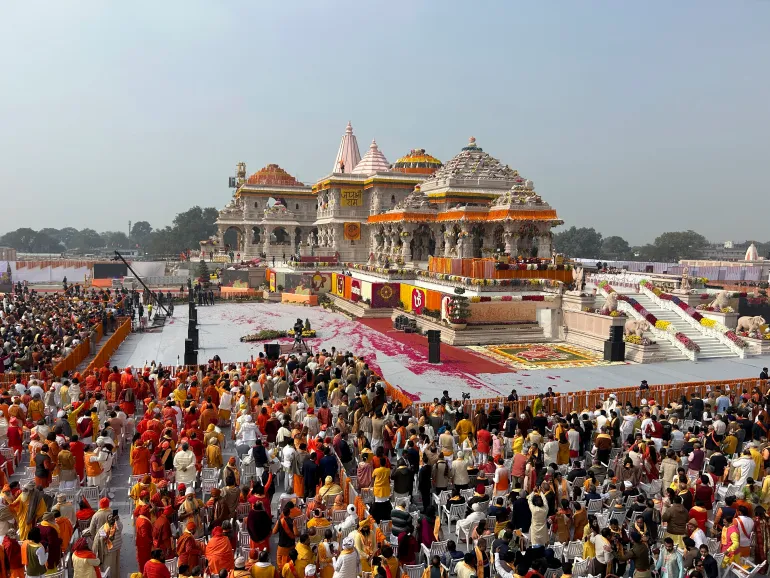Table of Contents
Introduction: Ram mandir timeline
The long-awaited inauguration of the Ram Temple in Ayodhya on January 22, 2024, marks a historic moment for India, unfolding a timeline that spans centuries of conflicts, legal battles, and the unwavering spirit of faith. This article delves into the detailed history of the Ayodhya Ram Mandir, tracing its origins from 1528 to the present day.
The Mughal Era and the Birth of Controversy (1528-1853)
The history of the Ayodhya Ram Mandir dates back to 1528 when Mir Baqi, a general of Mughal ruler Babur, is believed to have constructed the Babri Masjid at the site considered Lord Ram’s birthplace. Religious tensions simmered through the Mughal and Nawab eras, leading to the British installing a fence in 1885, segregating the site for Muslim and Hindu use.
Idols, Legal Battles, and Dual Roles (1949-1989)

In 1949, idols of Lord Ram appeared inside the Babri Masjid, sparking legal battles. The Ayodhya district judge ordered the mosque gates to be opened for Hindu worship in 1986, leading to the mosque taking on a dual role. The Vishwa Hindu Parishad (VHP) initiated the construction of the Ram Temple in 1989, escalating the dispute.
Demolition, Riots, and Archaeological Surveys (1992-2003)
The infamous demolition of the Babri Mosque in 1992 by Karsevaks triggered communal riots. The Godhra train fire in 2002 fueled tensions, leading to riots. The Archaeological Survey of India (ASI) surveyed in 2003, revealing evidence of a significant Hindu complex beneath the mosque.
Court Decrees and Temple Construction (2010-2020)

In 2010, the Allahabad High Court ruled to divide the disputed land into three parts. The Supreme Court, in 2019, directed the transfer of the land to a trust, leading to the formation of the Shri Ram Janmabhoomi Teerth Shetra. The court also allocated five acres to the Sunni Waqf Board for a mosque. Prime Minister Narendra Modi laid the foundation stone for the Ram Temple on August 5, 2020.
Consecration and the Culmination of Faith (2024)
After a 134-year-long legal battle, the grand Ram temple at Ayodhya is now nearing completion. The consecration of Ram Lalla on January 22, 2024, signifies the triumph of faith and unity over centuries of discord. The temple, symbolizing resilience and religious harmony, will be open to the public from January 23, marking a new chapter in the history of Ayodhya.
